The Business of Building Oglethorpe Mall
In April 1969, Oglethorpe Mall opened its doors, becoming Savannah's first enclosed, air-conditioned shopping center.
This was a big deal for the city's retail scene - before this, shopping was primarily done in standalone stores or open-air plazas.
Developers saw the potential for a central retail hub, and with Savannah's steady population growth, the timing was perfect.
The mall was named after General James Oglethorpe, the city's founder, connecting it to the city's long history while advancing its retail future.
The land where the mall sits, known as the Chippewa Tract, was originally farmland before being subdivided in 1960.
Scott Hudgins, an Atlanta-based developer, led the project and secured major retailers to anchor the space.
Sears and Belk-Beery were among the first big names to sign on, each constructing their buildings alongside the mall's main structure.
Other early tenants included McCrory, a well-known five-and-dime store, and Adler's, a regional department store.
These retailers helped establish Oglethorpe Mall as Savannah's go-to shopping destination.
Early additions helped expand its influence. In 1974, developers added 25,000 square feet of retail space, bringing in more stores and drawing even more foot traffic.
The mall's food scene also stood out - Savannah's only Chick-fil-A was inside, alongside Morrison's Cafeteria and a Piggly Wiggly grocery store.
This mix of shopping and dining made it a full-day destination for locals. Oglethorpe Mall's growth mirrored Savannah's economic development, and for years, it dominated the city's retail landscape.
Today, it's still one of the region's top places for shopping and entertainment, making it a key part of things to do in Savannah, GA.
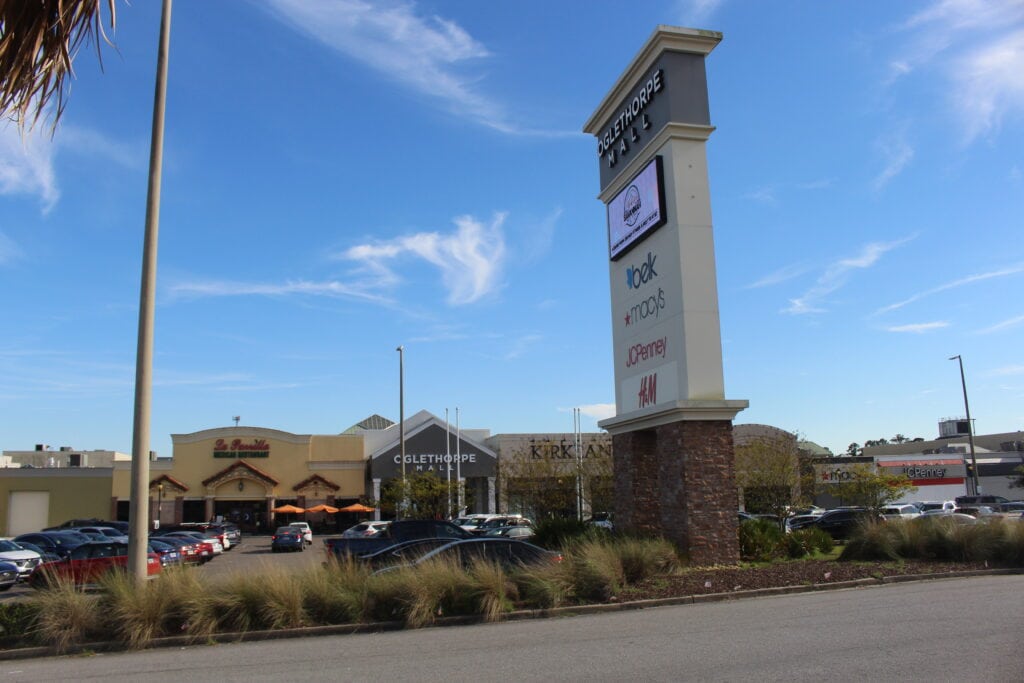
Retail Growth and Market Pressures in the 1980s
By the early 1980s, Oglethorpe Mall had cemented its place as Savannah's top shopping destination.
To keep up with demand, the mall expanded in 1982, adding 230,000 square feet of new retail space.
This brought in JCPenney and Levy's, a well-known local department store. Shoppers now had even more options, and the expansion helped the mall stay ahead in a competitive retail environment.
Changes came quickly. In February 1986, Maas Brothers, a Florida-based department store chain, acquired Levy's, replacing the familiar Savannah brand.
Around the same time, Adler's closed, leaving a prime retail spot available.
Instead of bringing in another anchor, the space was converted into The Promenade, a high-end shopping corridor featuring upscale retailers like Laura Ashley.
This shift reflected a growing interest in luxury shopping and gave Oglethorpe Mall new appeal.
While the mall was thriving, new competition loomed. In 1987, The Rouse Company, a national mall developer, proposed building a large shopping center just two miles south.
Local opposition halted the project, but another developer, David Hocker & Associates, moved forward with its plans.
On August 29, 1990, Savannah Mall opened four miles away, drawing shoppers and retailers away from Oglethorpe Mall.
The battle for Savannah's retail market had officially begun.
Adapting to Change: Renovations and Store Shifts (1989-2009)
Facing pressure from the new Savannah Mall, Oglethorpe Mall responded with a complete renovation starting in 1989.
The updates gave the shopping center a fresh look, featuring coastal-inspired elements like whitewashed wood and tabby walls.
Skylights were installed, flooding the space with natural light during the day.
A new tile floor replaced the original, winning design awards in 1990. These changes modernized the mall and kept it competitive in an evolving retail landscape.
The early 1990s brought more shifts. Jordan Marsh, which had replaced Maas Brothers, shut down in September 1991 when Federated Department Stores consolidated its brands.
The store was left vacant because Burdine's, its sister company, did not operate in Georgia.
In 1992, the space was repurposed for a new 135,000-square-foot Rich's department store, giving the mall another primary retail anchor.
Other changes followed - McCrory closed in 1994, and the space reopened as Stein Mart in 1995, attracting discount shoppers.
Food options also expanded. In 2002, the mall converted an old Piggly Wiggly space into a food court, centralizing dining choices and making room for new restaurants.
Chick-fil-A and Sbarro moved from other locations within the mall to this new section, opening up storefronts that later became Claire's and Underground by Journeys.
Meanwhile, Rich's transitioned to Macy's in 2005 as part of a nationwide brand consolidation.
Throughout the 2000s, new retailers like Forever 21, Build-A-Bear Workshop, Nine West, Aldo, and Hollister Co. joined the lineup, keeping the mall's offerings updated with national shopping trends.
Shifting Retail Landscape and Store Closures (2010-2020)
The 2010s brought challenges for Oglethorpe Mall as shifting consumer habits and online shopping reshaped the retail industry.
In March 2016, Piccadilly Cafeteria, a fixture at the mall for 47 years, shut down.
Two years later, in August 2018, Sears announced it would close by November, part of a nationwide shutdown of 46 stores.
These closures reflected broader changes in shopping trends, with many national retailers downsizing or disappearing entirely.
Despite these losses, the mall worked to stay competitive. In 2018, a renovation project introduced a new logo, updated highway signage, and fresh tile flooring in some areas.
However, challenges continued. In 2020, Stein Mart closed after the company filed for bankruptcy and liquidated all locations, leaving another empty anchor space.
As department stores struggled, smaller retailers and fitness brands saw opportunities.
Throughout this period, new businesses replaced vacated storefronts, keeping the mall active.
In 2018, the space left by Piccadilly Cafeteria became home to DSW, and new tenants like H&M and Old Navy helped keep foot traffic steady.
Despite these changes, the mall had to adapt quickly as more consumers turned to e-commerce and big-box retailers for their shopping needs.
Reinvention and Redevelopment (2021-Present)
By 2021, Oglethorpe Mall faced the same issues affecting malls nationwide - declining department store sales, evolving retail trends, and the need for diversification.
One of the biggest changes came in February 2022, when developer Madison Capital secured approval to rezone the former Sears building.
Instead of another retailer moving in, the space was planned for a mixed-use project with 240 apartments.
This shift marked a new direction for the mall, blending retail with residential space to keep the area vibrant.
In February 2024, Madison Capital Group secured $35.5 million in financing for the Madison Oglethorpe project.
The development will feature five 48-unit buildings and amenities such as a clubhouse, fitness center, and resort-style pool.
Completion is expected by late 2025.
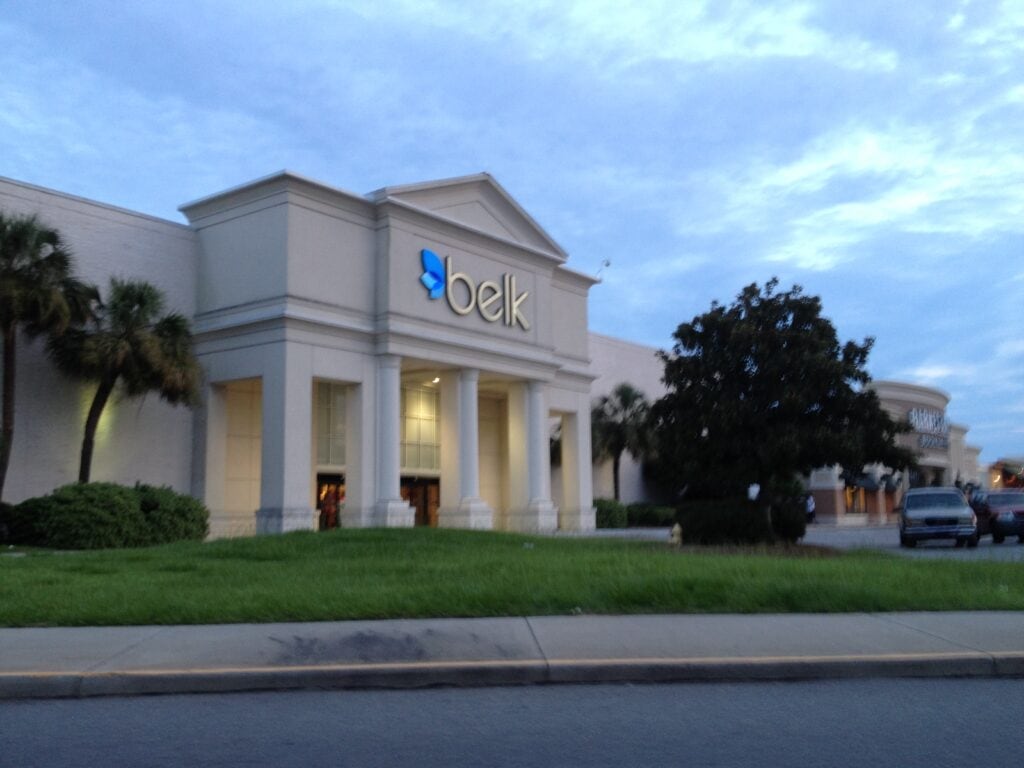
Meanwhile, new businesses continued to move in. Crunch Fitness opened in the fall of 2022, taking over the former Stein Mart location.
The fitness center brought different foot traffic to the mall, attracting gym-goers alongside traditional shoppers.
Before Crunch moved in, Overstock Furniture & Mattress temporarily occupied the space in 2021, filling the vacancy.
National chains like Barnes & Noble, JCPenney, Macy's, and Belk remained anchor stores, while other spaces welcomed newer brands.
Events and seasonal pop-ups became more common, helping to bring in visitors who might not otherwise shop at the mall.
As of 2025, Oglethorpe Mall continues to evolve, adapting to economic shifts and retail industry trends.

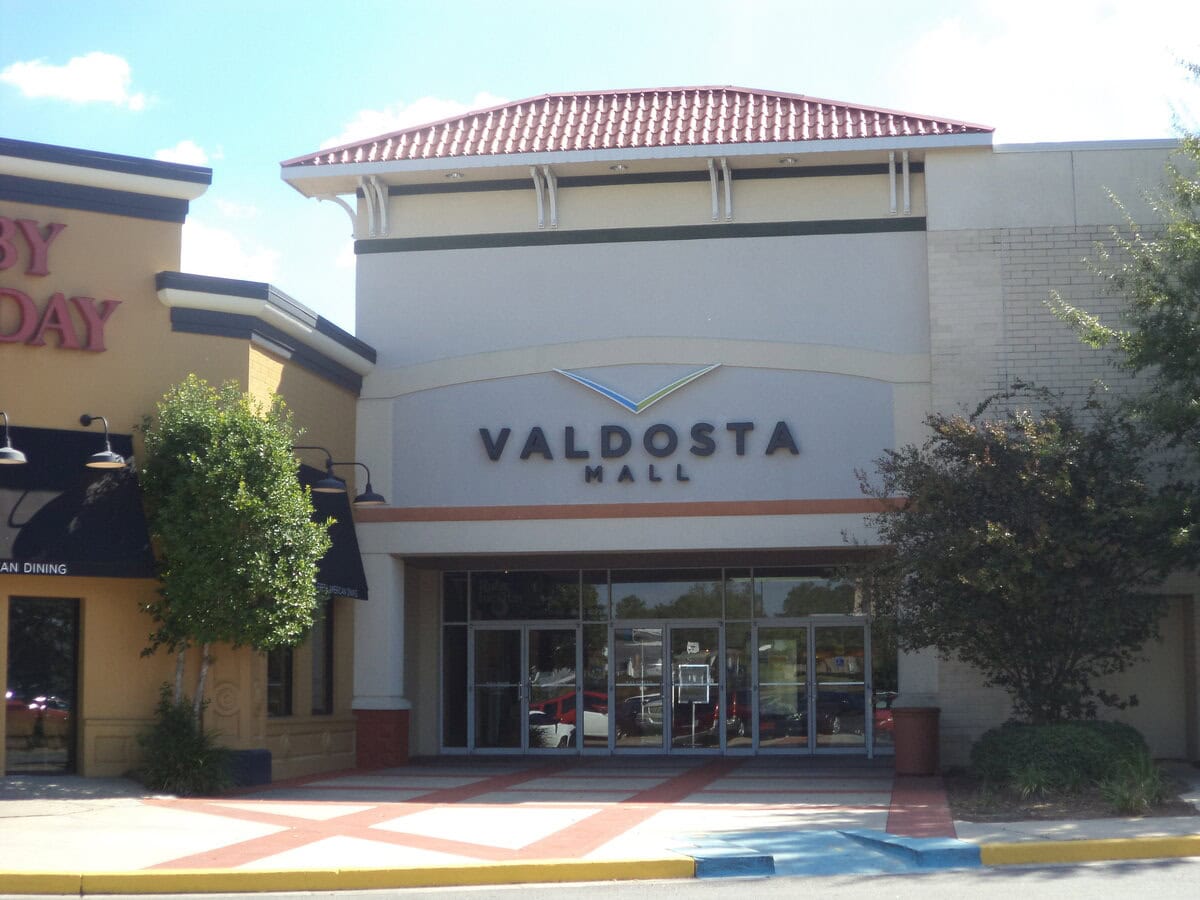
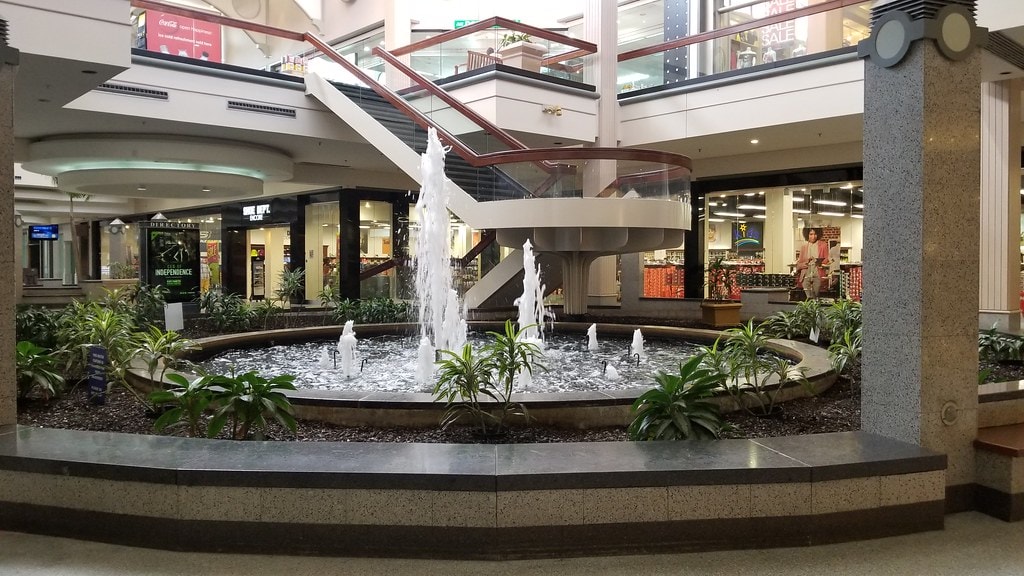
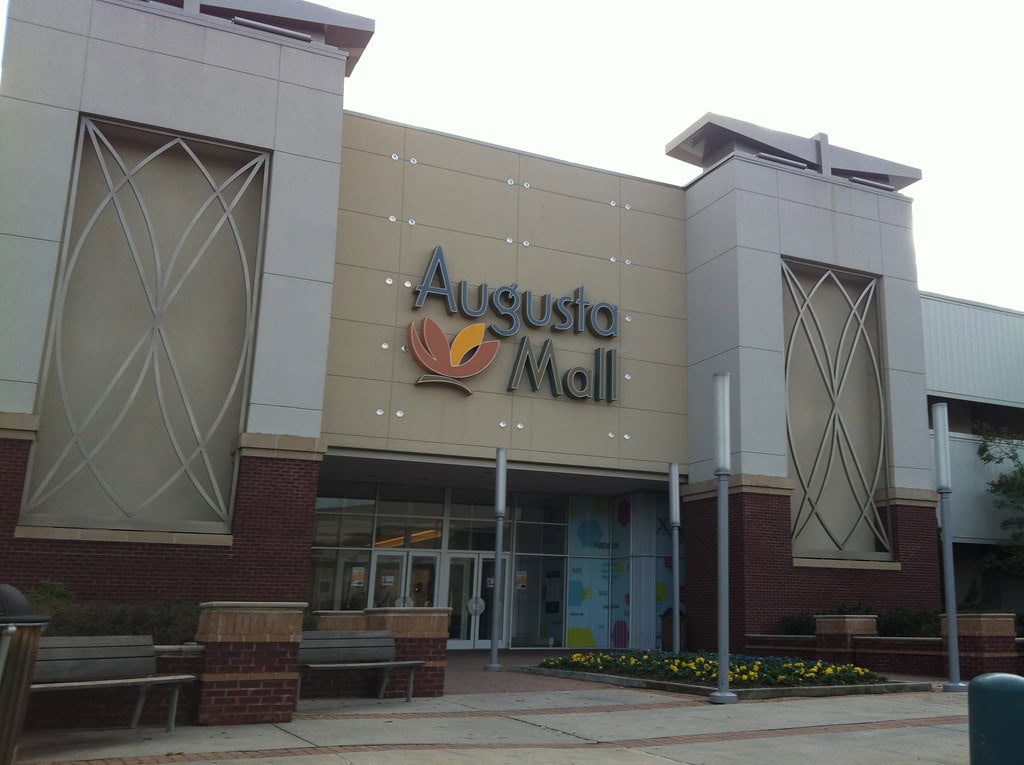
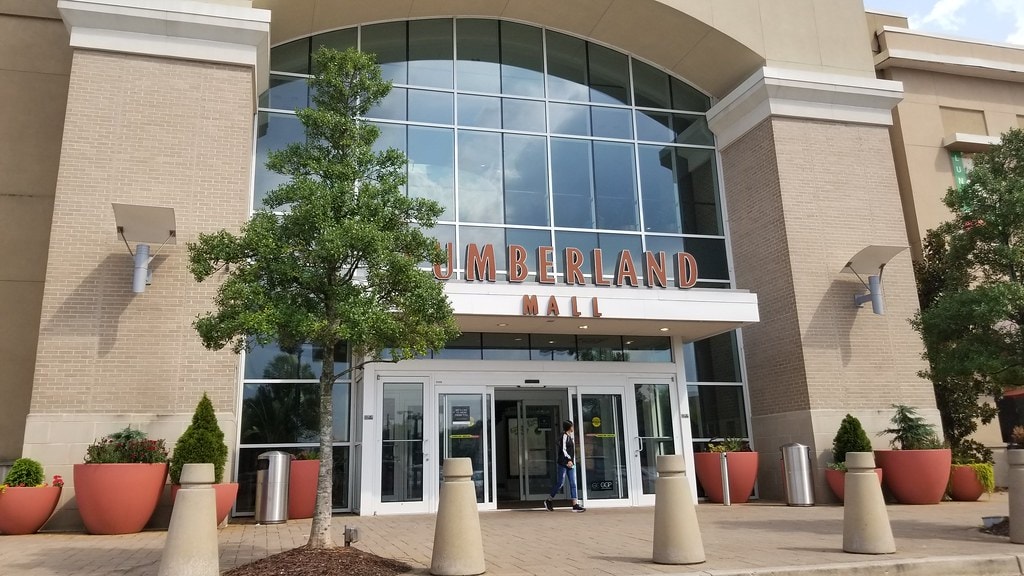
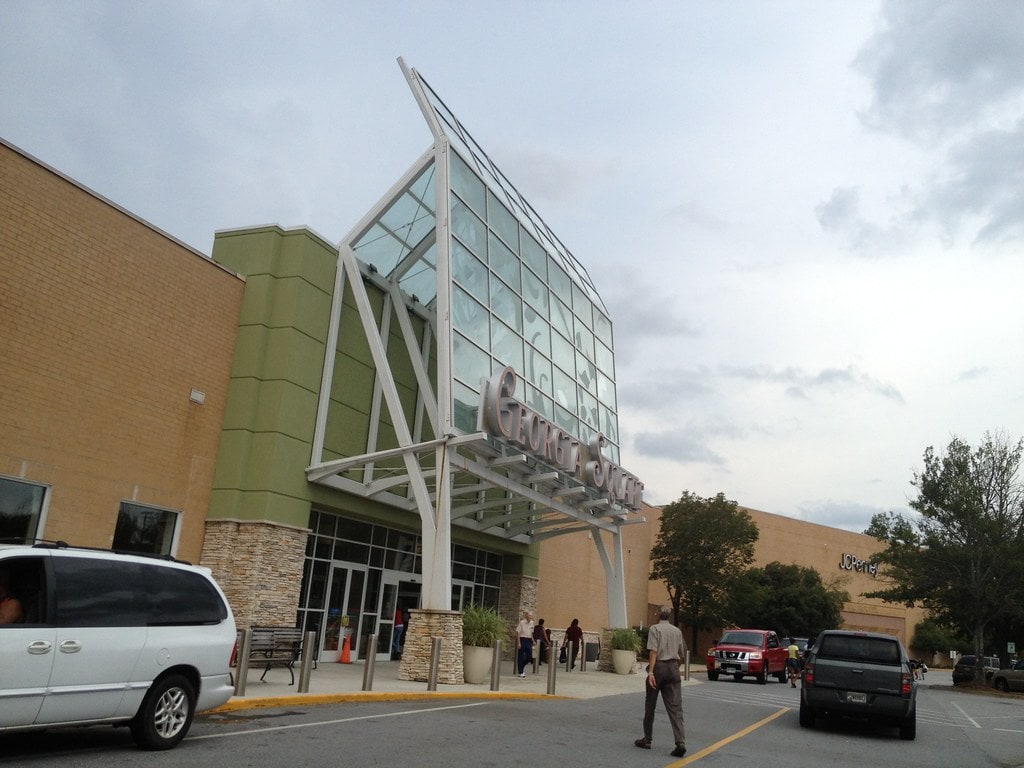
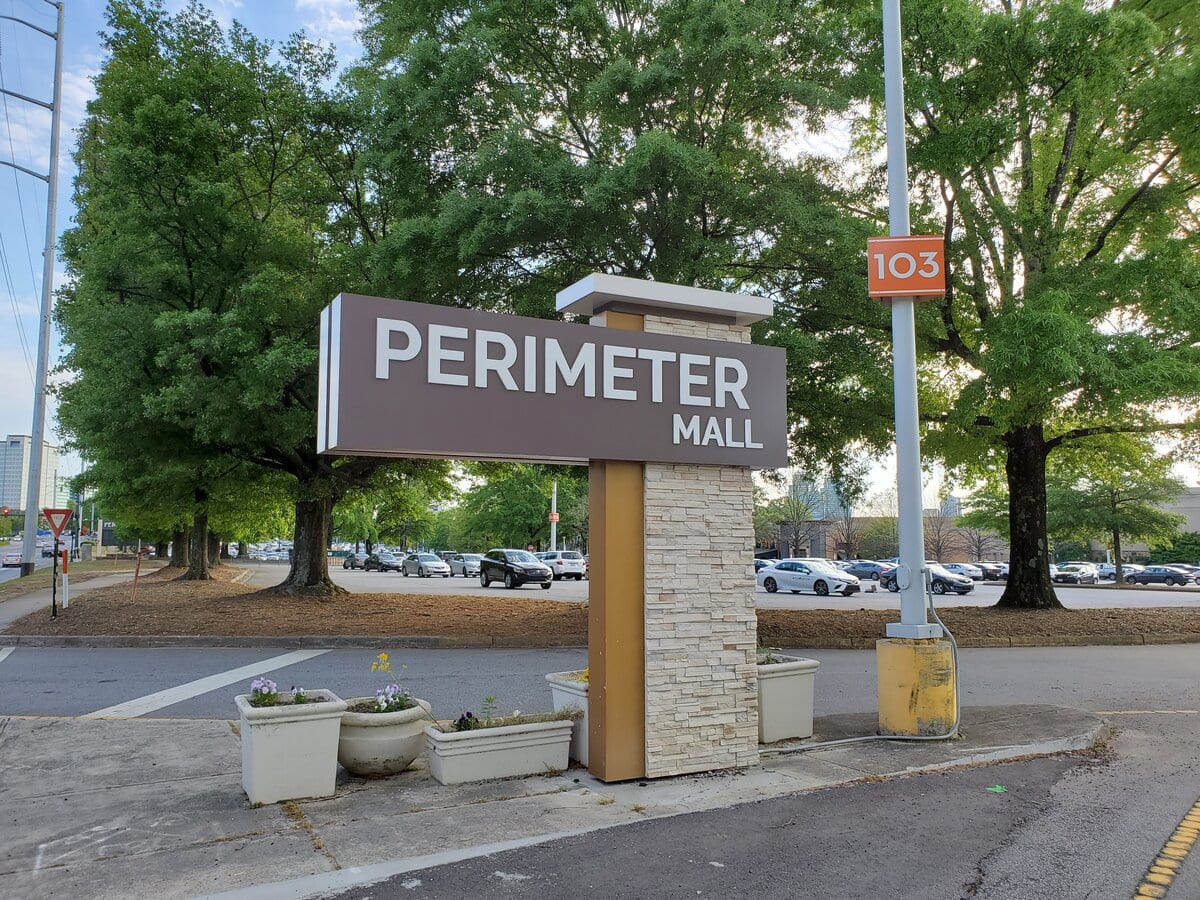
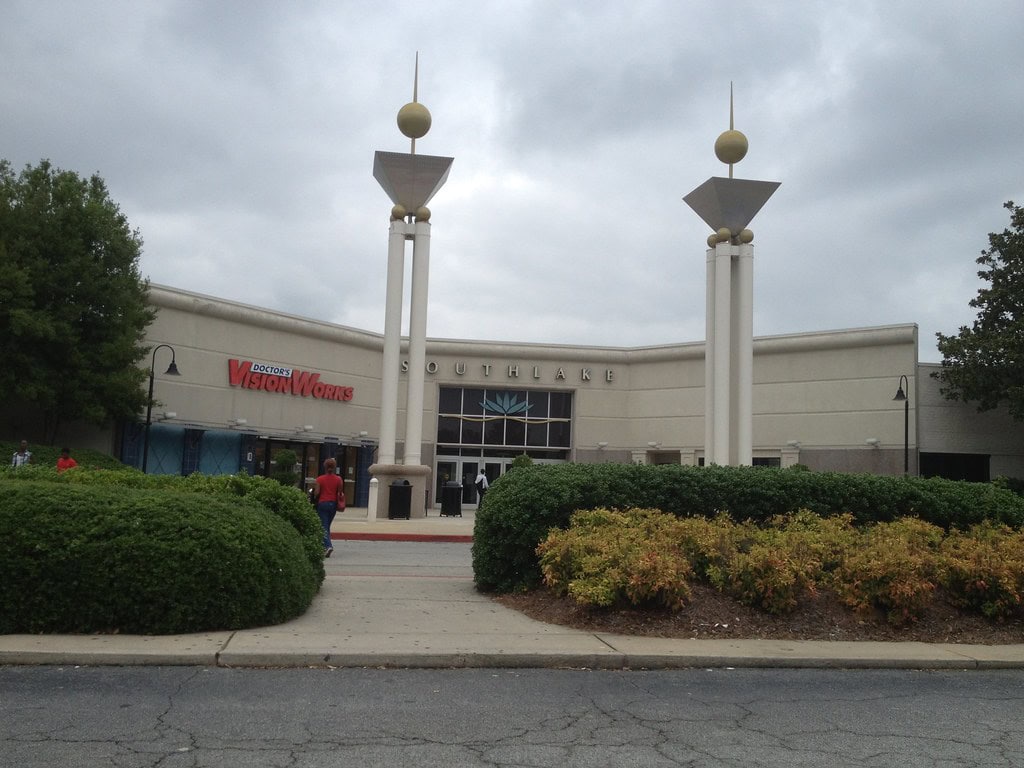
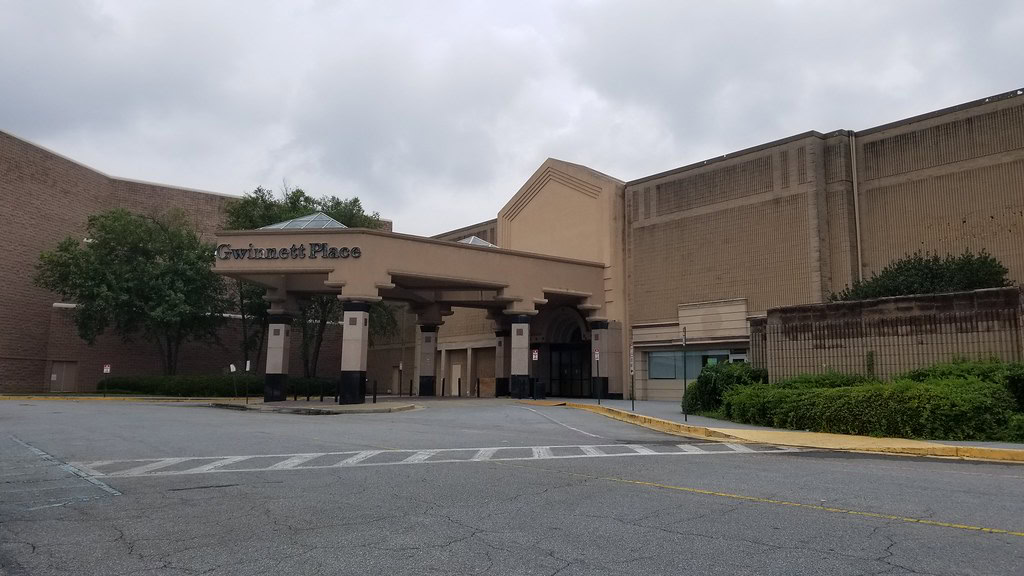
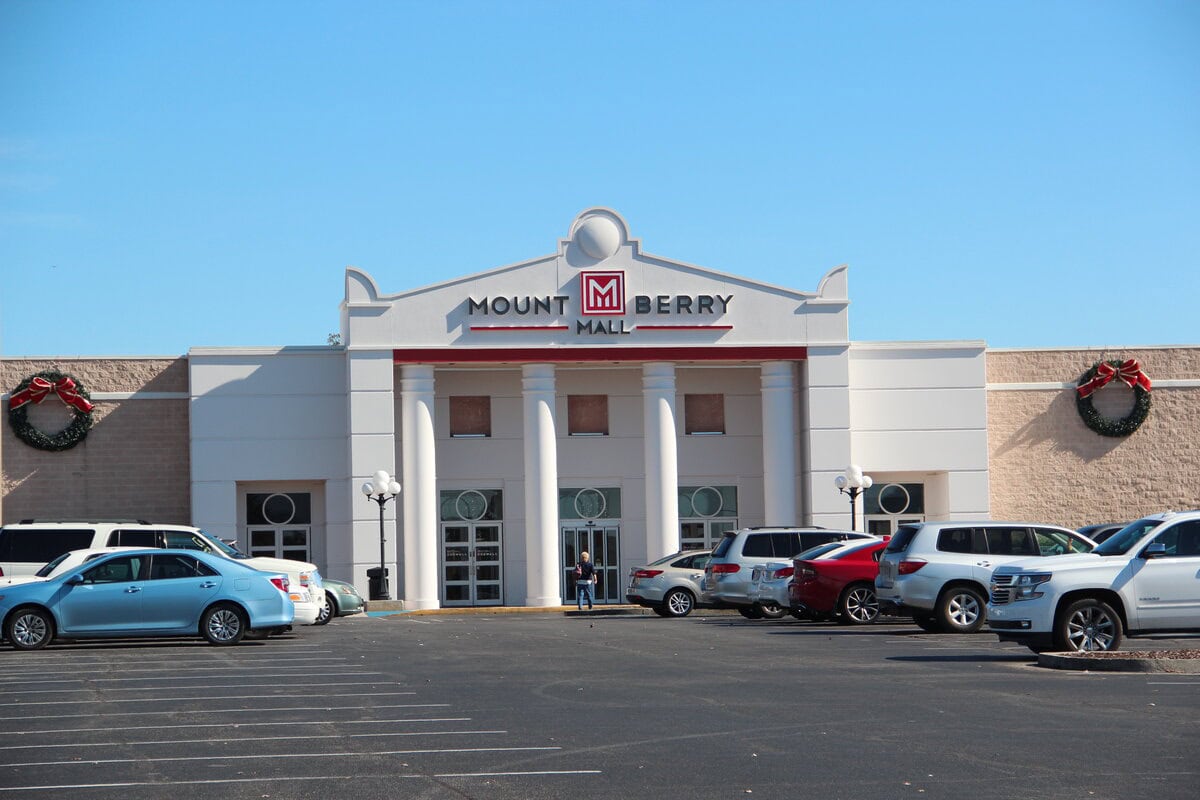
It's nice to see Savannah surviving all of the store and mall closings going on around the country. We do need to get a handle on all the random shootings in order to maintain our reputation as one of the best and most beautiful cities in the country. Do your part and report crimes and if you witness a crime, do not be afraid to come forward and help our fine police officers to do their job. They live here and want their families safe as you should.
Savannah is a beautiful and unique city, and it's important to work together to ensure that it remains a safe and welcoming place for residents and visitors alike. Staying aware of our surroundings, looking out for one another, and keeping communities safe can help maintain Savannah's reputation as a wonderful place to live, work, and visit.
It still would be nice to have some more department store shopping. The outlet shopping and strip Mall store shopping has you driving from place to place.
Bringing some of the smaller Retail stores would draw shopper to be able to see merchandise that is online or at other locations of there Retail stores.
Usually Mall stores don’t have the storage areas, so small retail shop open in Strip Malls for store front space & Storage space. Bringing some of these shops to the mall will allow shopper to go to lunch, leisurely shop some of there favorite retail shops.
Providing sales for inside shops as well as their outside shops. Retiree and tourist like to shop at retail stores they know. The difference would be the variety of products would have a Southern or more local flare to attract sales.
We do not have department store shopping that is attractive to keep up with this changing fashion World.
Introducing smaller retail shops within the mall sounds beneficial. It would allow shoppers to explore various brands under one roof. Thank you for sharing this perspective.